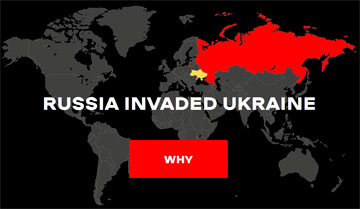Anolis OS update for pki-core
| Risk | High |
| Patch available | YES |
| Number of vulnerabilities | 1 |
| CVE-ID | CVE-2023-4727 |
| CWE-ID | CWE-90 |
| Exploitation vector | Network |
| Public exploit | N/A |
| Vulnerable software |
Anolis OS Operating systems & Components / Operating system pki-server Operating systems & Components / Operating system package or component pki-kra Operating systems & Components / Operating system package or component pki-javadoc Operating systems & Components / Operating system package or component pki-ca Operating systems & Components / Operating system package or component pki-base-java Operating systems & Components / Operating system package or component pki-base Operating systems & Components / Operating system package or component pki-tools Operating systems & Components / Operating system package or component pki-symkey Operating systems & Components / Operating system package or component |
| Vendor | OpenAnolis |
Security Bulletin
This security bulletin contains one high risk vulnerability.
1) LDAP injection
EUVDB-ID: #VU93288
Risk: High
CVSSv4.0: 8 [CVSS:4.0/AV:N/AC:L/AT:N/PR:N/UI:N/VC:H/VI:H/VA:N/SC:N/SI:N/SA:N/E:U/U:Amber]
CVE-ID: CVE-2023-4727
CWE-ID:
CWE-90 - Improper Neutralization of Special Elements used in an LDAP Query ('LDAP Injection')
Exploit availability: No
DescriptionThe vulnerability allows a remote attacker to bypass authentication process.
The vulnerability exists due to improper input validation when processing DLAP queries. A remote non-authenticated attacker can pass a query string parameter sessionID=*, and authenticate with an existing session saved in the LDAP directory server.
MitigationInstall updates from vendor's repository.
Vulnerable software versionsAnolis OS: 7
pki-server: before 10.5.18-32
pki-kra: before 10.5.18-32
pki-javadoc: before 10.5.18-32
pki-ca: before 10.5.18-32
pki-base-java: before 10.5.18-32
pki-base: before 10.5.18-32
pki-tools: before 10.5.18-32
pki-symkey: before 10.5.18-32
CPE2.3- cpe:2.3:o:openanolis:anolis_os:7:*:*:*:*:*:*:*
- cpe:2.3:a:openanolis:pki-server:*:*:*:*:*:anolis_os:*:*
- cpe:2.3:a:openanolis:pki-kra:*:*:*:*:*:anolis_os:*:*
- cpe:2.3:a:openanolis:pki-javadoc:*:*:*:*:*:anolis_os:*:*
- cpe:2.3:a:openanolis:pki-ca:*:*:*:*:*:anolis_os:*:*
- cpe:2.3:a:openanolis:pki-base-java:*:*:*:*:*:anolis_os:*:*
- cpe:2.3:a:openanolis:pki-base:*:*:*:*:*:anolis_os:*:*
- cpe:2.3:a:openanolis:pki-tools:*:*:*:*:*:anolis_os:*:*
- cpe:2.3:a:openanolis:pki-symkey:*:*:*:*:*:anolis_os:*:*
https://anas.openanolis.cn/errata/detail/ANSA-2024:0784
Q & A
Can this vulnerability be exploited remotely?
Yes. This vulnerability can be exploited by a remote non-authenticated attacker via the Internet.
Is there known malware, which exploits this vulnerability?
No. We are not aware of malware exploiting this vulnerability.
